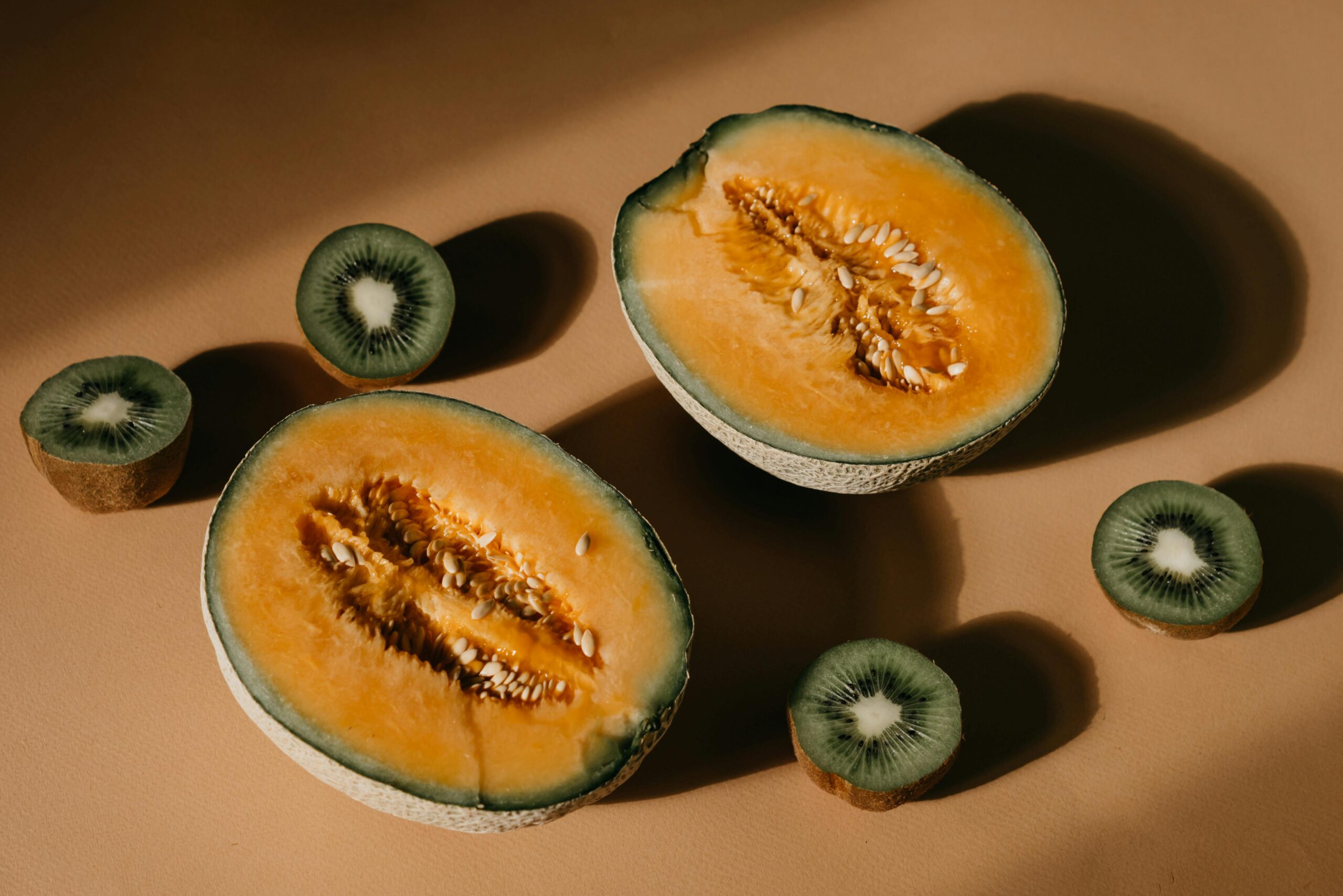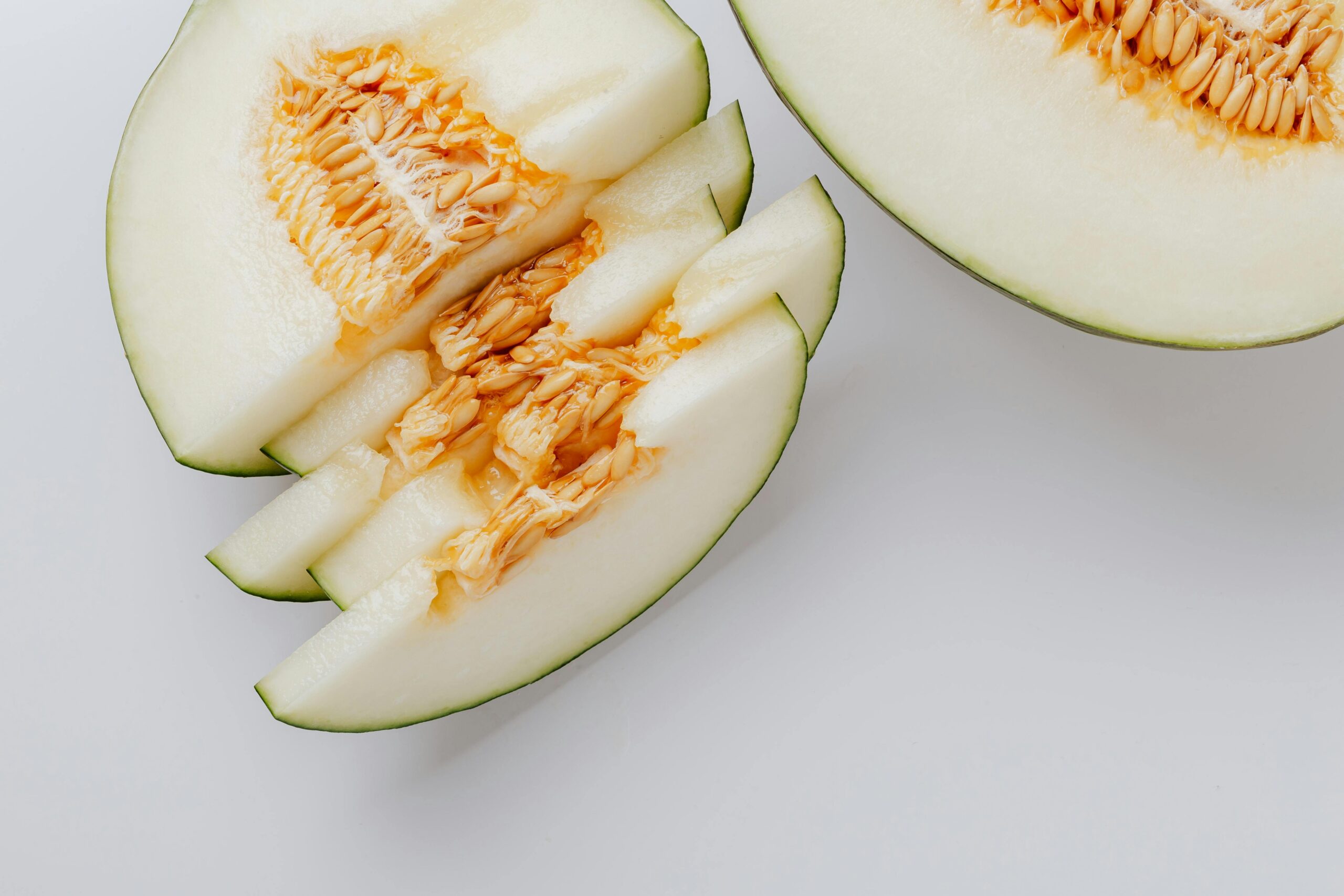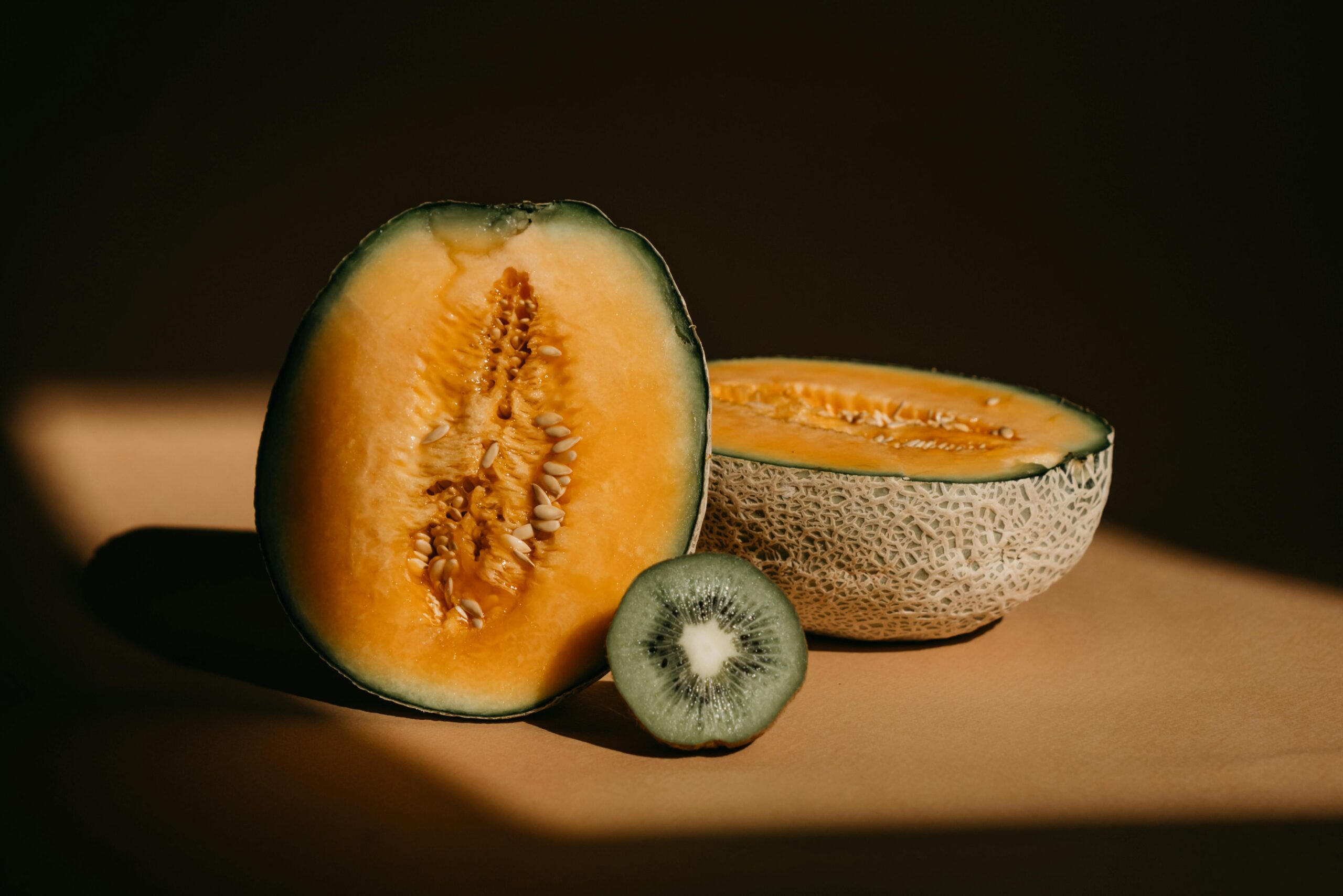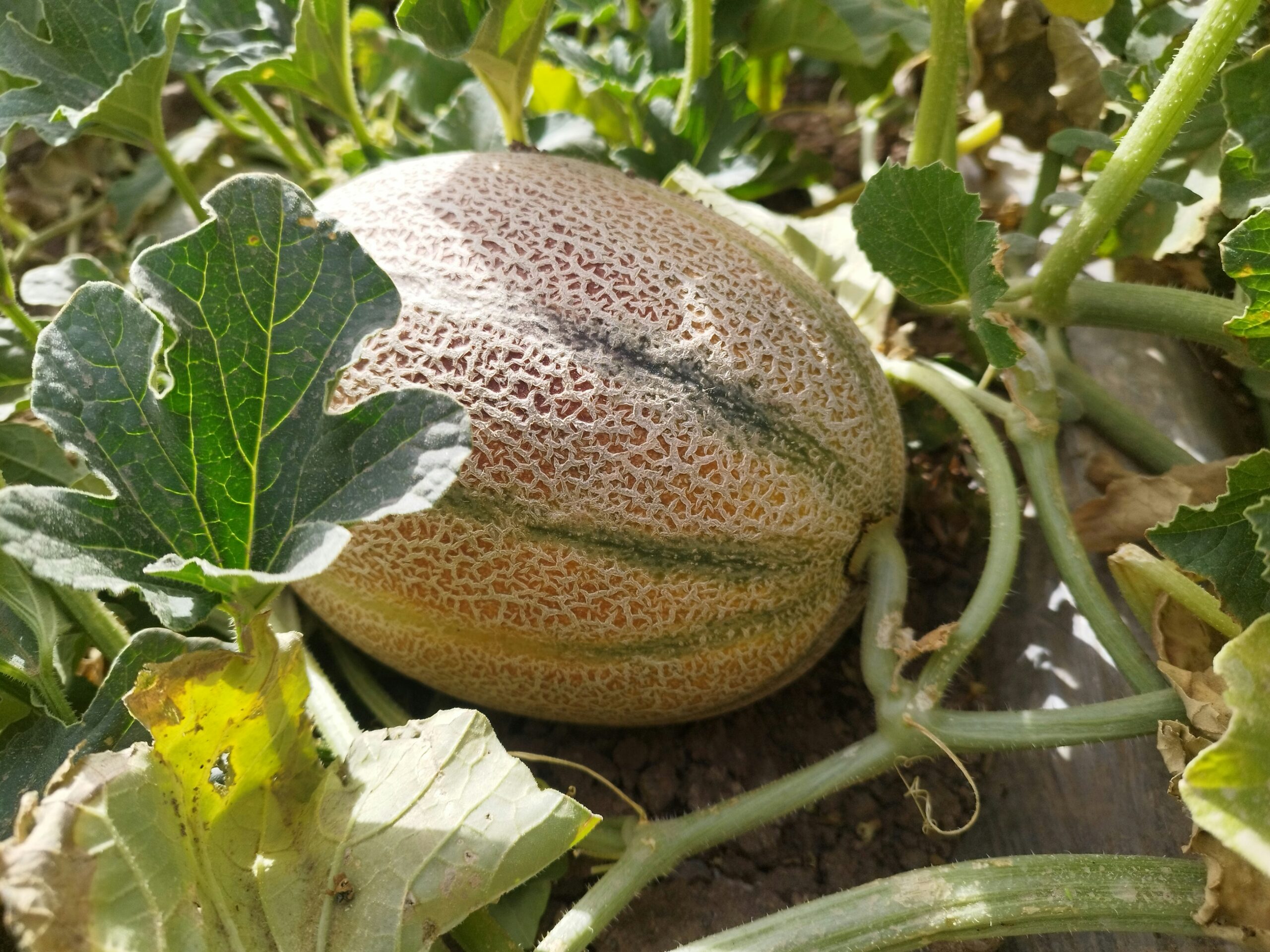Growing unique and resilient fruits is every gardener’s dream, and the Iceberry Melon is a groundbreaking addition to cold-climate gardens. 7 proven steps to growing Iceberry Melon ensure you achieve a thriving harvest even in cooler temperatures. This little-known fruit resists frost and delivers a sweet, citrus-like flavor that’s perfect for fresh eating, smoothies, or jams.
In this guide, we’ll explore 7 proven steps to growing Iceberry Melon to guarantee a bountiful yield in regions where traditional melons struggle.
⸻
Contents
- 1 7 Proven Steps to Growing Iceberry Melon
- 1.0.1 1. Choosing the Perfect Growing Location
- 1.0.2 2. Starting Seeds Indoors for Maximum Success
- 1.0.3
- 1.0.4
- 1.0.5 3. Transplanting for a Stronger Root System
- 1.0.6 4. Watering Smart for Bigger, Sweeter Fruits
- 1.0.7 5. Encouraging Maximum Pollination
- 1.0.8 6. Harvesting at Peak Ripeness for the Best Flavor
- 1.0.9 7. Storing and Enjoying Iceberry Melon
- 1.1 Final Thoughts: A Sweet Success!
- 1.2 FAQ: Growing Iceberry Melon
- 1.3 What is Iceberry Melon?
- 1.4 Can I grow Iceberry Melon in a small garden?
- 1.5 When should I plant Iceberry Melon?
- 1.6 How often should I water it?
- 1.7 How do I know when it’s ripe?
- 1.8 Can I grow Iceberry Melon in containers?
- 1.9 How do I store harvested melons?
What is the Iceberry Melon?
The Iceberry Melon (Cucumis glacialis) is a cold-hardy hybrid developed for short-season and temperate climates. Unlike traditional melons that require hot summers, the Iceberry Melon thrives in temperatures as low as 40°F (4°C) and still produces sweet, aromatic fruit.
- Fast-Growing: Matures in 65–75 days, making it ideal for northern gardeners.
- Cold-Tolerant: Survives light frosts and cool summer nights.
- Compact Growth: Grows on semi-bushy vines, making it perfect for small gardens or container growing.
- High-Yield: Produces 4–6 small, honeydew-sized fruits per plant, even in unpredictable weather.
⸻

7 Proven Steps to Growing Iceberry Melon
1. Choosing the Perfect Growing Location
7 proven steps to growing Iceberry Melon start with selecting the right location. Iceberry Melons need full sun but can tolerate cooler temperatures better than most melons. Choose a well-draining spot with at least 6–8 hours of sunlight per day.
💡 Tip: If you live in an area with short summers, grow them in a raised bed or greenhouse to extend the season.
2. Starting Seeds Indoors for Maximum Success
For best results, start Iceberry Melon seeds indoors 4–6 weeks before the last frost.
- Use biodegradable seed pots filled with light, well-draining potting mix.
- Plant seeds ½ inch (1.25 cm) deep and keep the soil moist but not soggy.
- Maintain a temperature of 65–75°F (18–24°C) for germination.
- Once seedlings have two sets of true leaves, harden them off before transplanting.
3. Transplanting for a Stronger Root System
Once nighttime temperatures remain above 45°F (7°C), it’s time to transplant your seedlings outdoors.
- Space plants 2 feet (60 cm) apart in rows at least 3 feet (90 cm) apart.
- Mix in compost or well-rotted manure to improve soil fertility.
- Use black plastic mulch or fabric row covers to keep soil warm in early spring.
💡 Tip: Iceberry Melon vines don’t grow as aggressively as traditional melons, making them ideal for small spaces. If growing in containers, use a 10-gallon (40-liter) pot with good drainage.
4. Watering Smart for Bigger, Sweeter Fruits
Iceberry Melons prefer consistent moisture but dislike waterlogged soil.
💦 Watering Tips:
- Water deeply once or twice per week, depending on rainfall.
- Avoid overhead watering to prevent fungal diseases.
- Use a drip irrigation system for best results.
🌿 Fertilizing for a Nutrient Boost:
- Apply an organic balanced fertilizer (10-10-10) every 3 weeks.
- Once flowering begins, switch to a phosphorus-rich fertilizer to promote fruiting.
💡 Tip: Adding seaweed extract or fish emulsion can boost Iceberry Melon growth, enhancing sweetness and fruit size.
5. Encouraging Maximum Pollination
Since Iceberry Melons produce both male and female flowers, proper pollination is essential.
- Encourage pollinators like bees by planting nearby flowers such as marigolds or lavender.
- If pollination is low, use a small paintbrush to transfer pollen between flowers.
- Once fruits begin to develop, place straw or mulch underneath them to prevent rot.
💡 Tip: Iceberry Melons typically take 35–40 days from flowering to full ripeness.
6. Harvesting at Peak Ripeness for the Best Flavor
These melons ripen in about 70 days after planting. Here’s how to tell when they’re ready:
- The skin turns from pale green to a soft golden hue.
- The fruit develops a fruity aroma near the stem.
- When gently pressed, the skin gives slightly under pressure.
To harvest, cut the melon from the vine with sharp pruning shears, leaving a 1-inch (2.5 cm) stem to extend freshness.
💡 Tip: Allow harvested melons to rest at room temperature for 2–3 days to enhance sweetness before refrigeration.

7. Storing and Enjoying Iceberry Melon
- Store whole melons at 50°F (10°C) for up to 3 weeks.
- Refrigerate cut melons in an airtight container for up to 5 days.
- Use Iceberry Melons in smoothies, fruit salads, sorbets, or fresh juices.
💡 Tip: Freeze cubed melon for ice-cold summer treats or blend into refreshing drinks!
⸻
Final Thoughts: A Sweet Success!
By following these 7 proven steps to growing Iceberry Melon, you’ll enjoy a thriving harvest of this unique, cold-resistant fruit. Whether you have a small garden, a greenhouse, or a container setup, Iceberry Melon is an exciting and rewarding addition to your homegrown produce.
Learn more about Best grow light for microgreens [6 best options]
FAQ: Growing Iceberry Melon
What is Iceberry Melon?
A cold-hardy melon that thrives in cooler climates and matures in 65–75 days
Can I grow Iceberry Melon in a small garden?
Yes! It has a compact growth habit, making it perfect for containers and raised beds.
When should I plant Iceberry Melon?
Start seeds indoors 4–6 weeks before the last frost, then transplant when nights stay above 45°F (7°C).
How often should I water it?
Water deeply once or twice a week to keep soil consistently moist but not soggy.
How do I know when it’s ripe?
The skin turns golden, it gives slightly under pressure, and has a fruity aroma near the stem.
Can I grow Iceberry Melon in containers?
Yes! Use a 10-gallon (40-liter) pot with good drainage and support for the vines.
How do I store harvested melons?
Keep whole melons at 50°F (10°C) for up to 3 weeks or refrigerate cut pieces for up to 5 days.
A garden is a place that relaxes us and reflects our personal style, it’s a place to spend time with loved ones and grow our own fruits and vegetables. Maybe you’re looking for design inspiration or plant selection, or you’re concerned about garden privacy, shady areas, or pests, but don’t worry, you’ve come to the right place.

